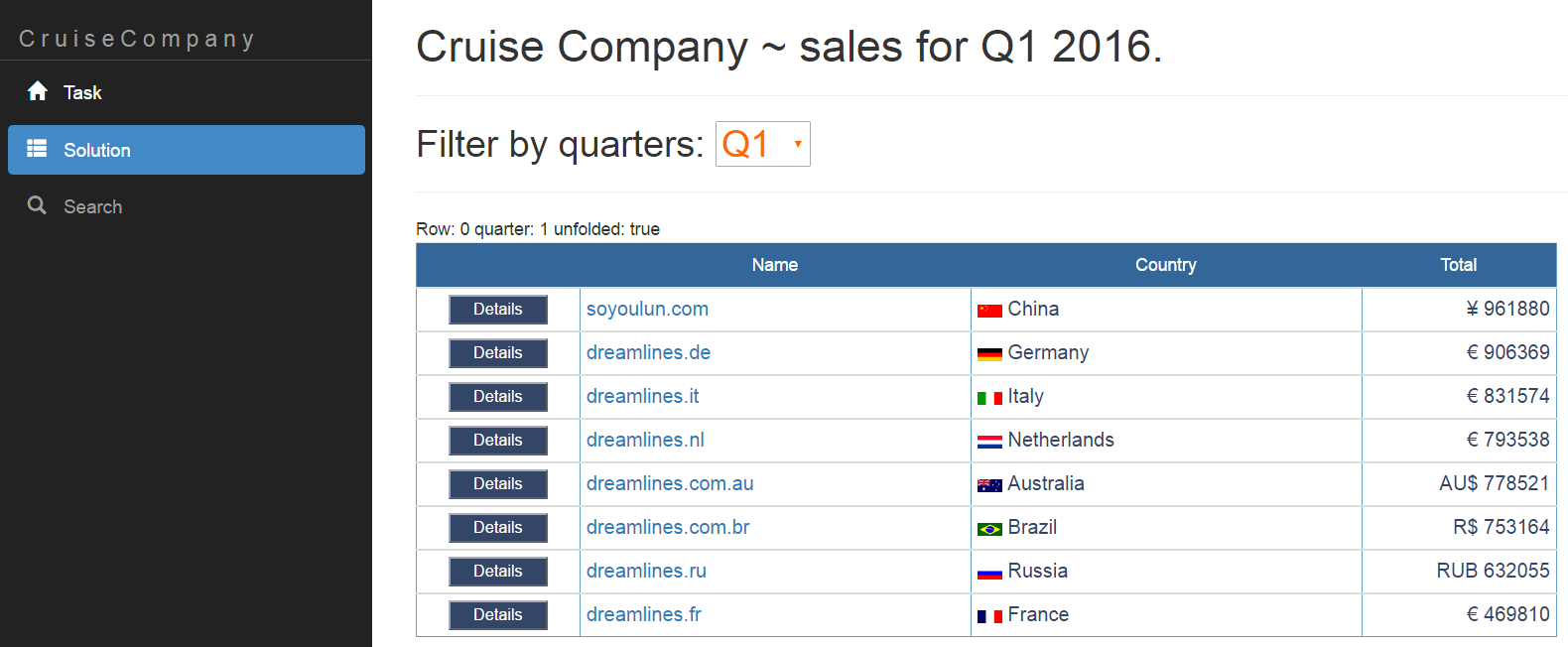Empowering Communities with Real-Time Voting
We The People : Empowering Communities with Real-Time Voting By Jasmin Ibrišimbegović Introduction As civic engagement declines and trust in traditional institutions weakens, new tools are needed to empower individuals and revitalize collective decision-making. We The People is my answer: a modern platform serving the common good through Liquid Democracy and civic altruism. What is Liquid Democracy? Liquid Democracy blends direct and representative models: participants vote on issues or delegate their vote to a trusted proxy—transitively and revocably. This approach allows for participatory, flexible, and accountable governance, adapting to the expertise of each issue. Wikipedia: Liquid Democracy Watch: What is Liquid Democracy? (YouTube) Read more: Liquid Democracy—The Spark of a Democratic Revolution Project Vision We The People aims to become a digital town square, empowering citizens to: Propose and debate issues Participate...



